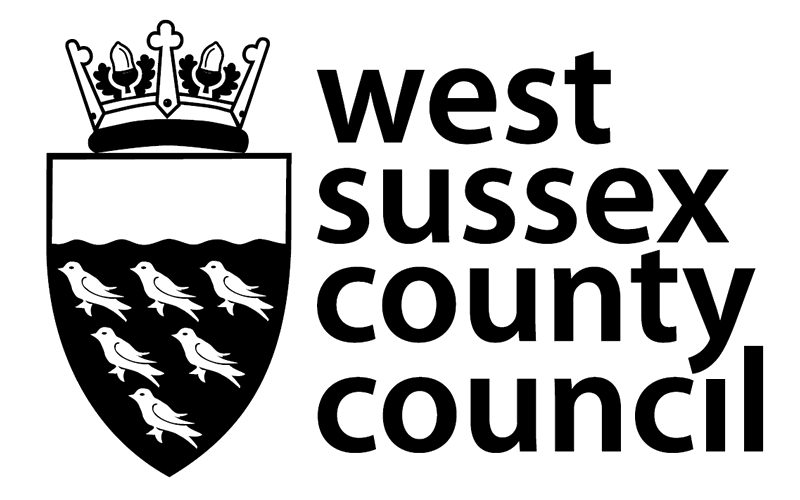Political composition
The County Council is made up of 70 councillors (sometimes called members) who are each elected every four years to represent one electoral division. The County Council is controlled by the Conservatives and the political composition is:
- Conservative: 46
- Liberal Democrat: 11
- Labour: 9
- Green and Independent Alliance: 4
Each political group on the Council will appoint a leader. The leader of the largest political group will become the Leader of the Council.
Please see the County councillors section of the website for details of all councillors, including those in senior positions.
To view details of your local councillor, you can search by name or postcode and a graphic showing overall political composition is also available below.
Functions are allocated across the full County Council itself, the Cabinet and a range of committees. Many functions are delegated from the Cabinet and committees to officers.
The Constitution explains how the County Council operates and decisions are made, and the procedures which are followed to make sure that these are efficient, transparent and accountable to local people. A full list of all the committees, as well as a poster of councillors showing where they represent and their contact details, is available in our councillor information library.
Full Council
All members meet together as the full Council and they are responsible for deciding some of the overall policies and setting the budget each year.
The meetings are the principal forum for political debate. The Council elects the Chairman and Vice-Chairman, members of committees and a Leader. The Chairman is the apolitical chairman of County Council meetings and also chairs the Governance Committee and the Standards Committee. Supported by the Vice-Chairman, the Chairman acts as the ceremonial head of the Council.
Cabinet
The Leader appoints the Cabinet (the 'Executive') selected from the Conservative majority and defines their portfolios. As the political Executive of the Council, the Cabinet proposes the key policy decisions of the County Council, which are subject to agreement by the full County Council and has the authority to take all significant decisions collectively or individually. The Cabinet meets in public when taking decisions. The Leader may change the Cabinet or portfolios at any time.
Scrutiny committees
Five scrutiny committees have been set up to provide a check and balance on executive authority by the Cabinet. Committees are politically balanced and meet in public. The Health and Adult Social Care Scrutiny Committee provides independent monitoring of health services in West Sussex.
Statutory committees
Many of the County Council's powers and duties are not 'executive' functions and so may not be carried out by the Cabinet or individual cabinet members. In order to undertake those powers and duties, the County Council has delegated them to these non-executive statutory committees:
- Planning and Rights of Way Committee
- Regulation, Audit and Accounts Committee (deals with audit, accounts and regulatory functions)
- Pension Advisory Board of the West Sussex Pension Fund
- Pensions Committee
- West Sussex Fire & Rescue Service Local Pension Board
- Standards Committee (promotes and maintains high standards of conduct by members of the County Council and assists members to observe the Code of Conduct)
- Governance Committee (keeps the County Council’s governance arrangements and the Constitution under review, oversees the effectiveness of the political structure, deals with elections and local government boundary changes and oversees arrangements for the appointment of directors and determines the terms and conditions of all staff).
Outside bodies
The County Council also appoints members to represent it on other organisations which are known as 'outside bodies', and has joint arrangements with a number of boards and partnerships.
Officers
Officers carry out day-to-day functions of the Council in line with the policies, plans and budgets set by members. They give advice to all parts of the County Council, implement decisions and undertake the day-to-day planning and management of the wide range of functions undertaken.

